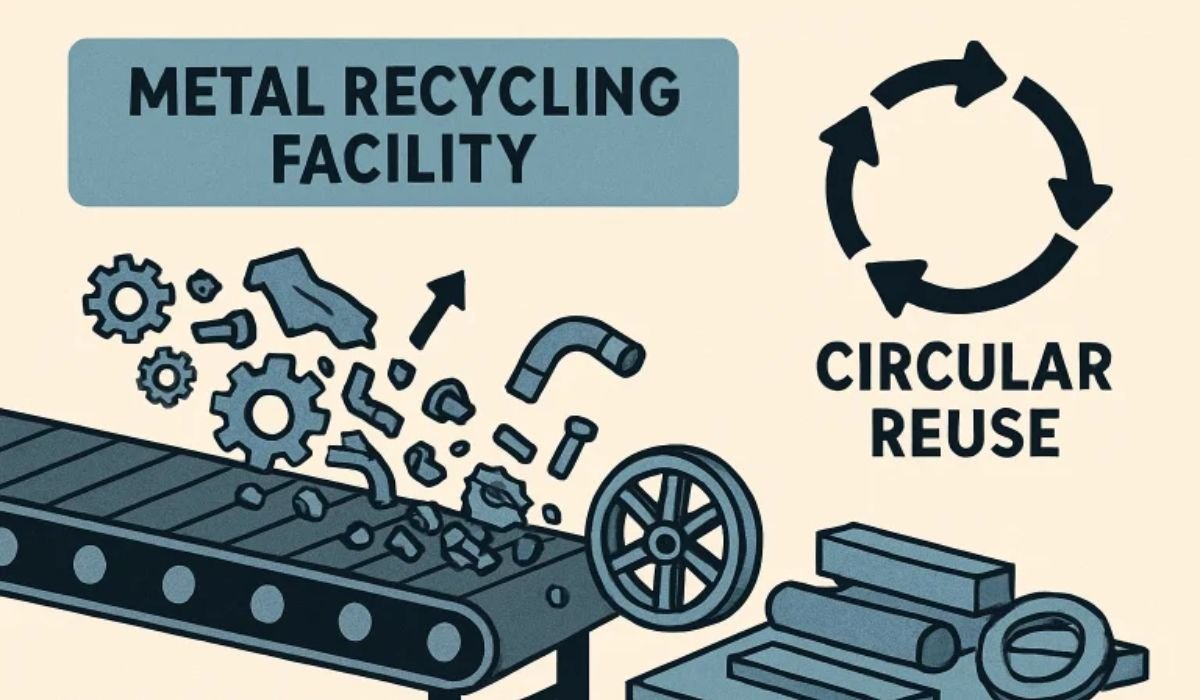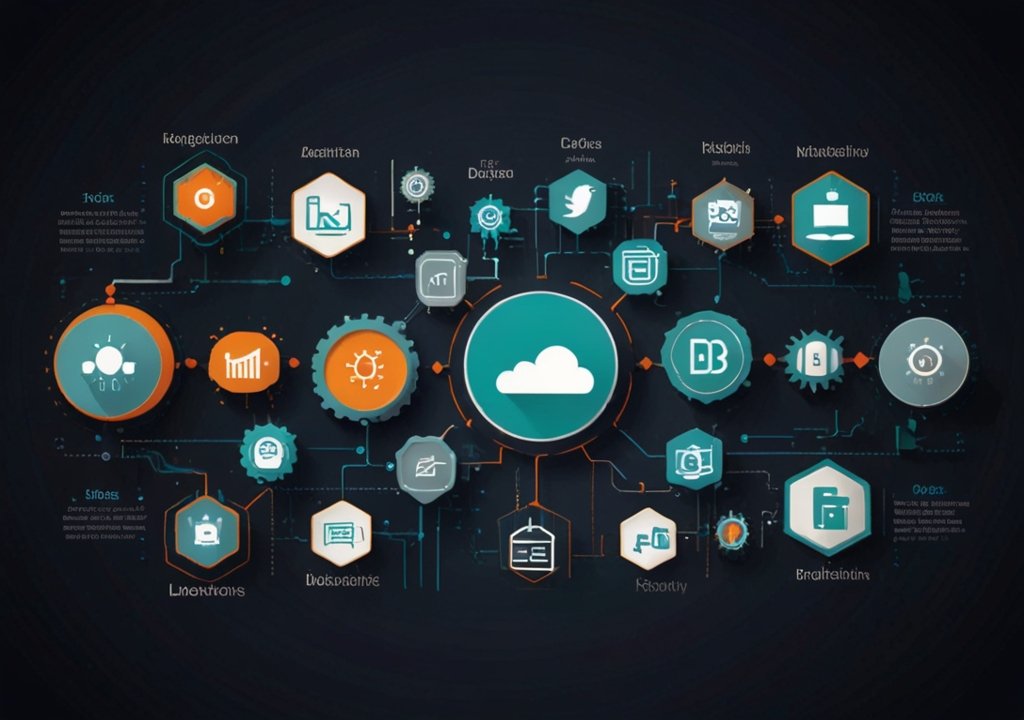Key Takeaways
- Metal recycling conserves natural resources and reduces environmental pollution.
- Advanced technologies enhance the efficiency and effectiveness of metal recycling processes.
- Urban mining and e-waste recycling are emerging as significant contributors to metal recovery.
- Government policies and regulations are crucial in promoting sustainable metal recycling practices.
Table of Contents
- Introduction
- Conservation of Natural Resources
- Energy Savings and Emission Reductions
- Advancements in Recycling Technologies
- Urban Mining and E-Waste Recycling
- Economic Benefits of Metal Recycling
- Government Policies and Regulations
- Challenges in Metal Recycling
- Future Outlook
Introduction
Metal recycling facilities are at the forefront of efforts to address the global waste crisis. They turn discarded metals into reusable resources through efficient and innovative processes. By doing so, these facilities conserve finite natural assets, mitigate pollution, and help industries sustainably meet growing resource demands. For those looking to support these efforts at a local level, working with reputable scrap metal dealers NJ can provide an accessible solution for responsible metal disposal and recycling.
As urbanization and technological advancement drive up demand for metals, the strategic role of recycling has become even more critical. Not only does metal recycling meaningfully reduce the environmental footprint of manufacturing, but it also supports evolving circular economies where waste becomes a valuable input. Advanced technologies and policy support are unlocking new frontiers in recovering and reusing everything from aluminum cans to electronics and steel infrastructure.
The scale of metal recycling’s impact is extensive; it’s estimated that recycling just one ton of steel preserves more than a ton of raw ore and an equivalent amount of coal. Globally, the drive toward green growth and climate goals hinges on adopting such efficient, low-carbon practices within heavy industries and everyday communities.
Arising trends like urban mining and the rapid pace of technological change are helping to redefine the norms around metal recovery. Cities, no longer seen as centers of consumption, are crucial sources of secondary raw materials, especially as e-waste volumes surge and metals like copper and rare earth elements become increasingly valuable.
READ ALSO: Smart Strategies for Reducing Commercial Waste in Urban Environments
Conservation of Natural Resources
Recycling metals is one of the most effective ways to conserve natural resources. Instead of relying on energy- and land-intensive mining processes, facilities reclaim metals from scrap, which directly translates to less environmental damage and less disruption of ecosystems. For every ton of steel recycled, the industry saves 1.4 tons of iron ore, 740 kilograms of coal, and 120 kilograms of limestone, as the U.S. Environmental Protection Agency reported. This conservation does more than preserve finite resources; it keeps habitats intact and prevents landscape scars from mining operations.
Energy Savings and Emission Reductions
The energy savings from recycling metals are substantial compared to producing metals from virgin ores. For instance, recycling aluminum saves up to 95% of the energy required for new aluminum production, while recycling steel saves about 60%. According to National Geographic, these efficiencies have significantly decreased overall industrial carbon emissions, making metal recycling a pillar of climate action. Lower energy usage also means lower costs for manufacturers and consumers, further incentivizing sustainable practices.
Advancements in Recycling Technologies
Modern metal recycling operations leverage automation, artificial intelligence, and innovative extraction techniques to maximize recovery and minimize waste. Advanced sensor-based sorting systems accurately separate ferrous and non-ferrous metals, reducing contamination and improving the quality of recycled materials. Breakthroughs such as flash Joule heating offer efficient methods for extracting valuable metals from complex e-waste streams, according to research highlighted by BBC News. These technologies help recycling plants process greater volumes and types of materials than ever before, driving down costs and expanding their environmental benefits.
Urban Mining and E-Waste Recycling
Urban mining is extracting metals from products, infrastructure, and buildings at the end of their lifecycle, making cities key sites for resource recovery. As global e-waste is predicted to exceed 74 million tonnes by 2030, cities have become crucial sources of valuable metals such as copper, silver, and rare earth elements. Effective e-waste recycling diverts harmful materials from landfills and recaptures critical metals that might otherwise go to waste, supporting national and global supply chains.
Economic Benefits of Metal Recycling
Metal recycling creates jobs, fuels local economies, and ensures a reliable supply of raw materials for manufacturers. With industries facing resource scarcity and volatile commodity prices, recycled metals offer stability and flexibility. According to the Institute of Scrap Recycling Industries, the U.S. scrap metal recycling industry alone supports more than half a million jobs. As sustainable supply chain initiatives rise, companies prioritizing recycled metals are well-positioned to lead in emerging green economies.
Government Policies and Regulations
Regulatory action is essential to ensure that metal recycling delivers maximum environmental and economic value. For example, California’s proposed statewide regulation of scrap recyclers aims to create standardized processes, making it easier for businesses to invest in compliant, sustainable operations. Effective government policies set high environmental standards, streamline permits, and promote responsible recycling practices, creating a stable industry growth and innovation environment.
Challenges in Metal Recycling
Despite its clear advantages, the metal recycling industry confronts obstacles such as contamination in non-source-separated scrap, market price fluctuations, and capital requirements for new technologies. These factors can limit the volume and quality of recycled metals available. Overcoming these hurdles requires industry cooperation, technological research and development, and incentives for consumers and businesses to prioritize recycling over disposal.
Future Outlook
With continued technological advancement, comprehensive policy, and growing public awareness, metal recycling facilities are set to play an increasingly prominent role in addressing the global waste crisis. Integrating recycling more deeply into the design and lifecycle of products, building ever-more efficient recovery systems, and supporting innovation with robust policies can collectively help establish a truly circular economy—one where waste is minimized, and value is continuously recaptured for society and the planet.
YOU MAY ALSO LIKE: A Practical Guide to Responsible Yellow Grease Disposal and Recycling











